
RESPECT NATURE AND PRESERVE THE BIOLOGY OF THE VINES.
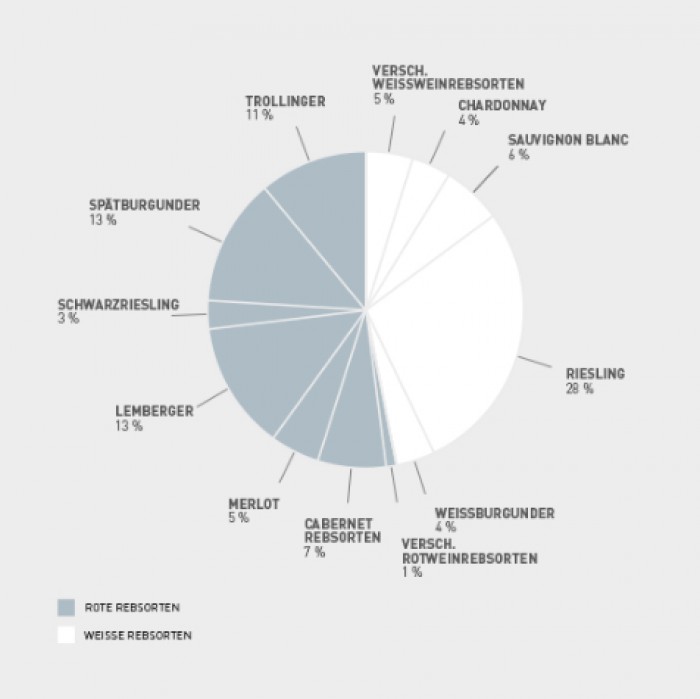
Working together with nature is the only way to achieve world-class quality. We listen carefully to the needs of our soil, vines and skies. Each vineyard and each vintage must be accepted on its own unique merits
Each vine must be individually pruned and trained.
Each variety contains a unique set of characteristics and conditions. From terroir to table, our focus is always on finding the optimal, individual setting to let each and every one of our grapes shine.
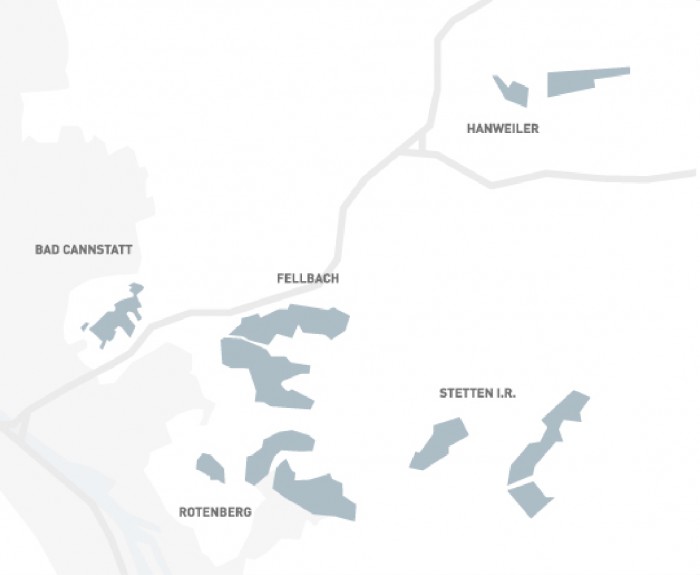
The vineyard sites define the terroir — in essence, the cradle for each vine. Each individual soil and microclimate produces individually nuanced wines.
The differences between the sites is most clearly felt in Riesling, Spätburgunder (Pinot Noirs) and Lemberger.
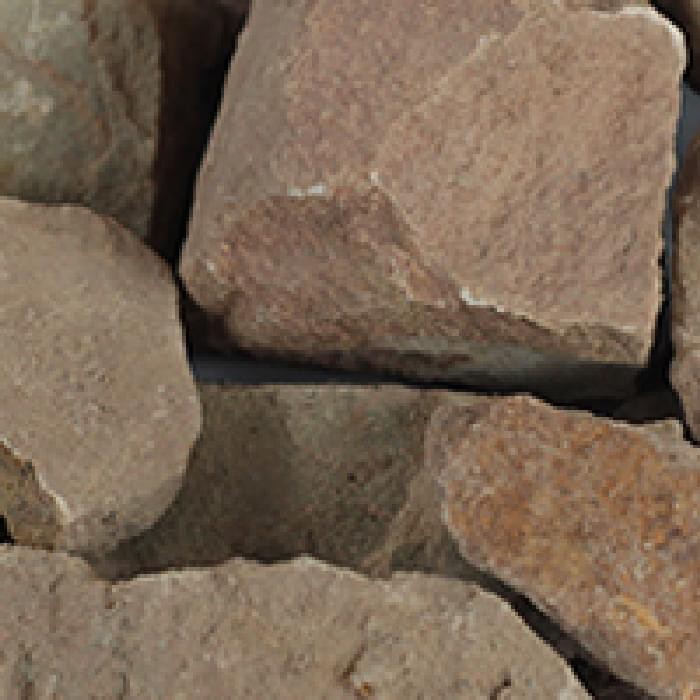
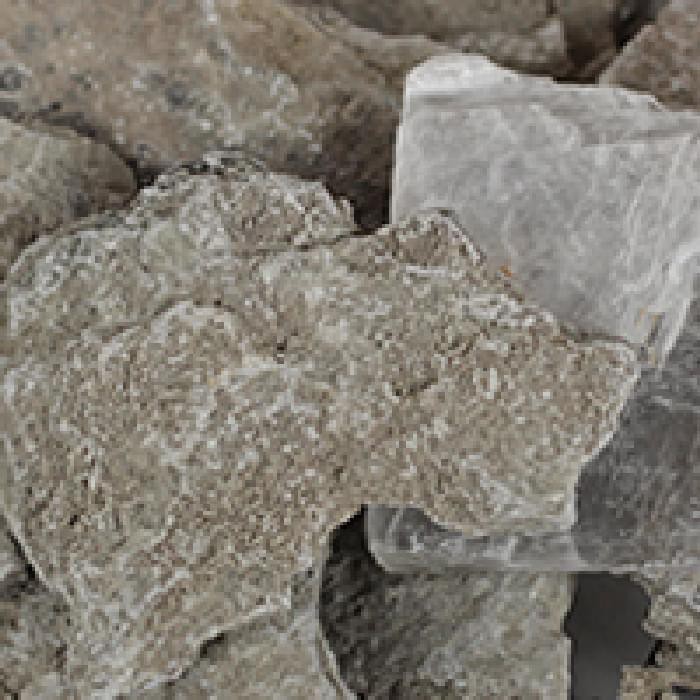
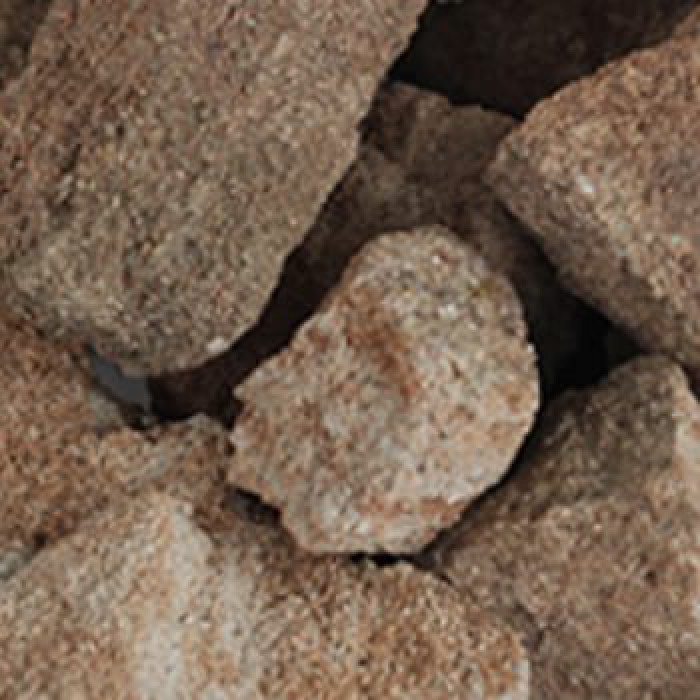
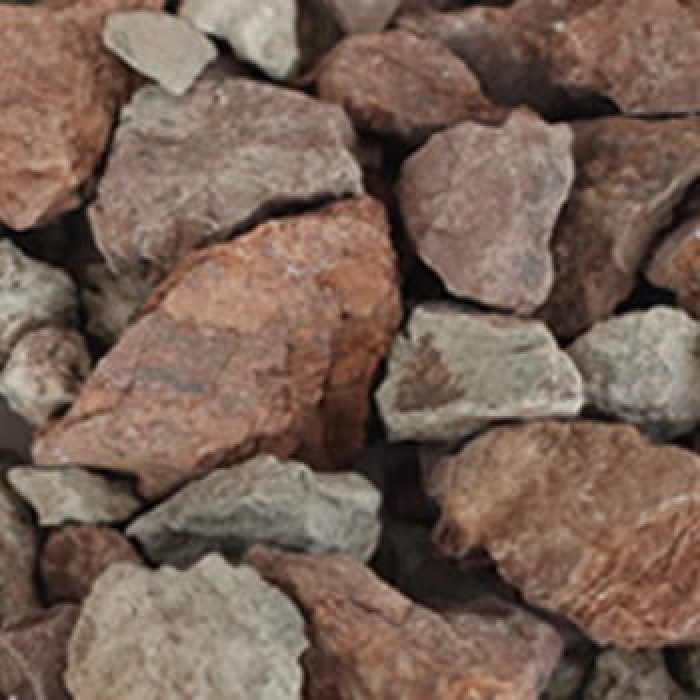
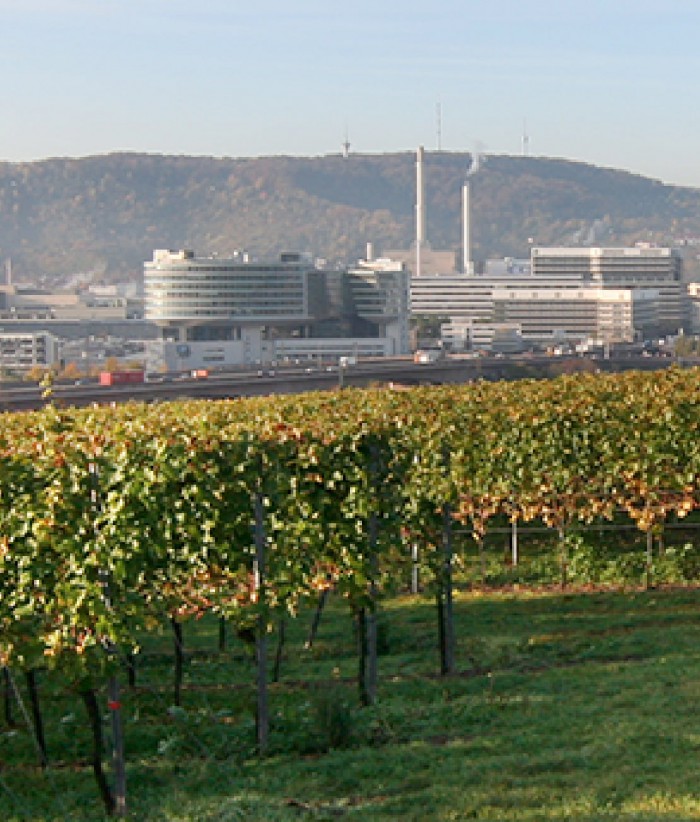
The "Untertürkheimer Gips" vineyard lies at the foot of the Stuttgart basin, in the outstanding Neckartal microclimate. For thousands of years, wine produced here has famously exhibited a distinct minerality. Around 200 years ago, growers working the vines struck upon deep layers of gypsum and decided to mine it.
In 1974 the Aldinger family decided to revert the terroir back to its roots: wine. The former gypsum mining earned it the name "Untertürkheimer Gips." Untertürkheimer Gips is our flagship vineyard, and is in the sole possession of the estate.
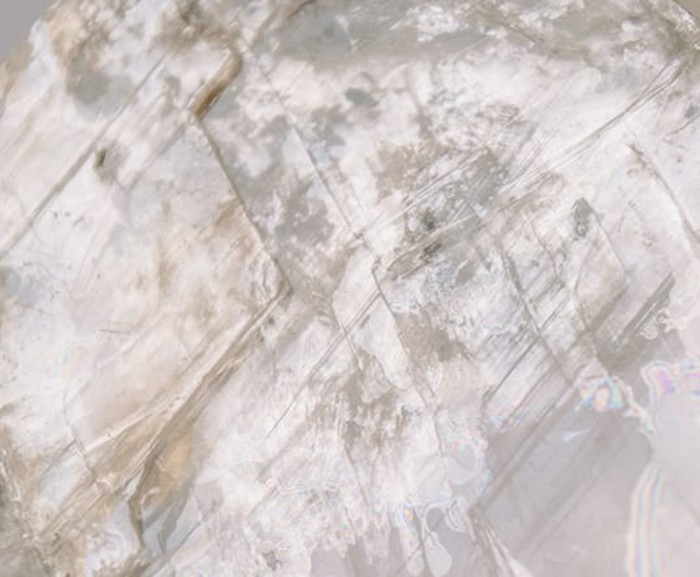
MARIENGLAS is a rare, transparent and pure form of gypsum occasionally found in gypsum quarries. Well into the 15th century it was considered the clearest and thus the noblest of all glass. It was often used in churches and as the border for paintings of the Virgin Mary, which is where the name originated as well.
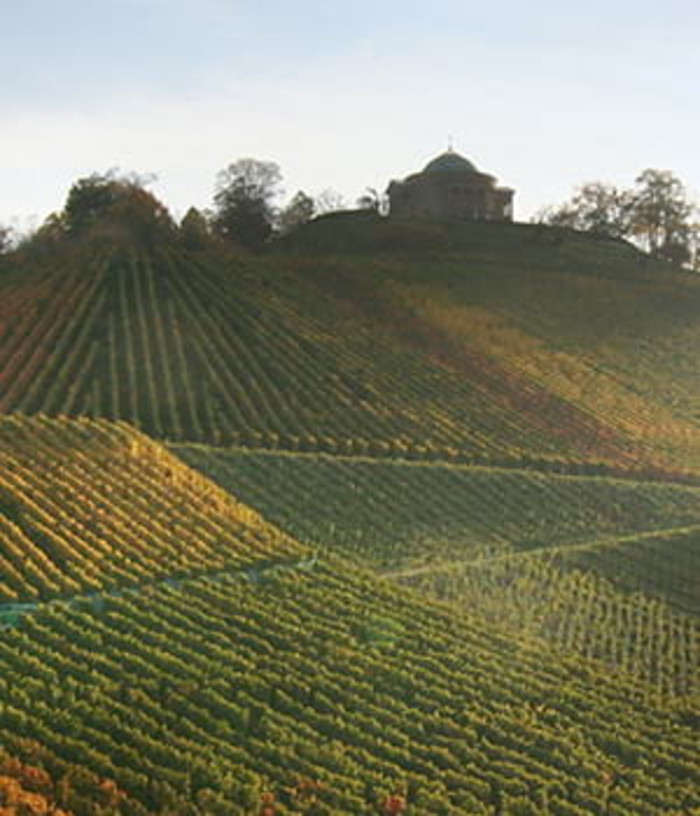
The Rotenberger Schlossberg sits approximately 400 meters above sea level, making it one of the estate's highest altitude sites. It is planted solely with Sauvignon Blanc vines.
Cool summer winds help preserve the characteristic Sauvignon Blanc aromas in the grapes. Fantastic views towards Stuttgart, and a location next to the famed Grabkapelle (Sepulchral Chapel) also make the vineyard a popular hiking destination.
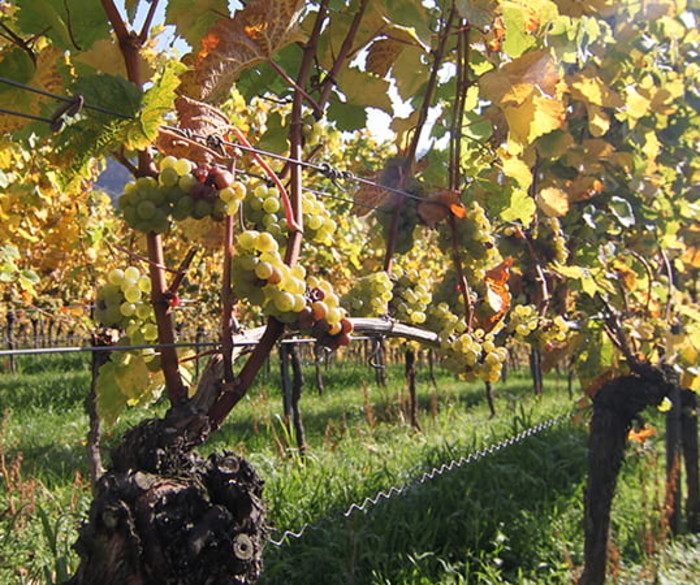
The south-facing vineyard in Stuttgart's most picturesque wine growing village is one of the finest and most sought-after sites in the state capital.
The grapes ripened in the protection of this round basin vineyard are used in the Rebhuhn Riesling.
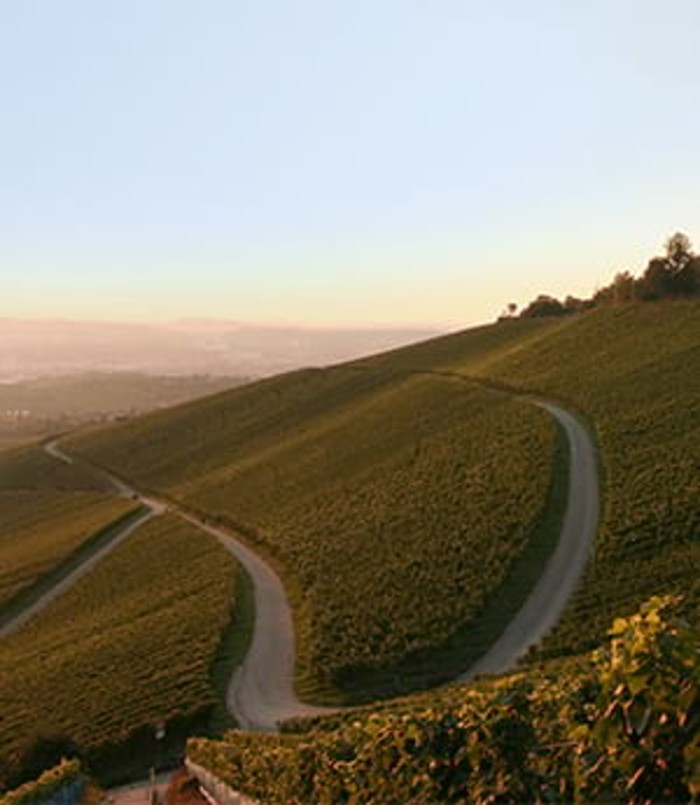
Grapes have been grown at the foot of the Kappelberg (Chapel Hill) since 1132. A site known as the Fellbacher Lämmler serves as the heart of the vineyard.
The thermal air flow of the Stuttgart basin creates extreme warmth in the vineyard during the day and cold temperatures at night. The unique properties of the Stubensandstein soil, a rare type of sandstone found primarily here, together with the site's microclimate, produce elegant, refreshing Riesling, Sauvignon Blanc and Chardonnay wines.
Meanwhile, the colored marl prevalent in the lower section of the vineyard is perfectly suited for the richer Lemberger, Merlot and Cabernet Sauvignon
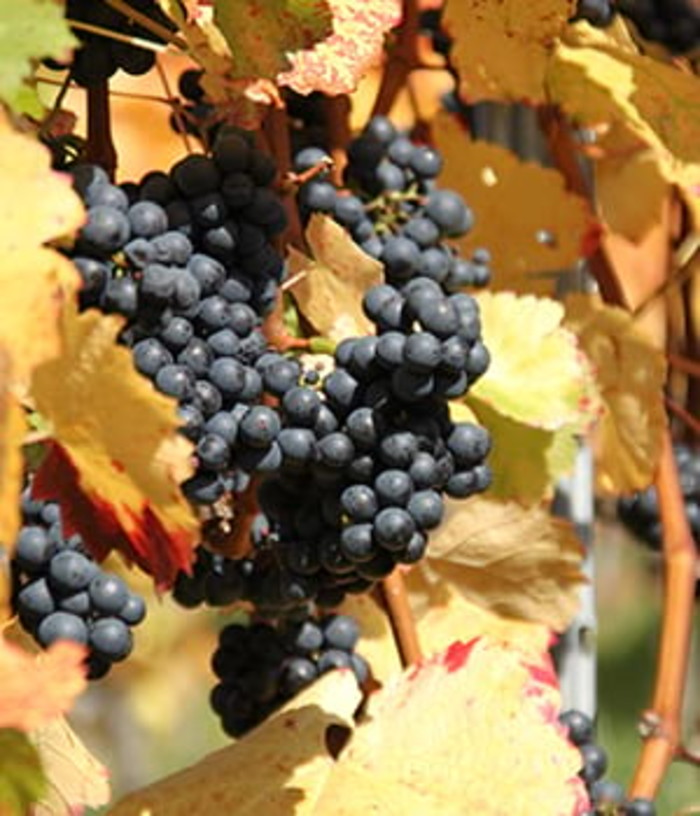
As the name suggests, the vineyard refers to the former grounds of a cloister and church. Just like the royal houses, the cloister reserved the best plots for itself.
Our Lemberger vines thrive in the nutrient-rich keuper soil beneath the Kernenturm look-out tower.
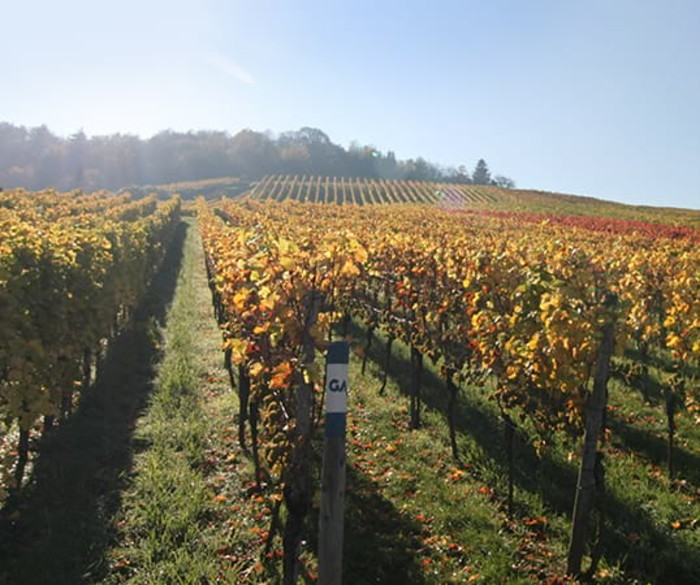
The borders of the Fellbacher Goldberg vineyard were reorganized as part of the Kapellberg tunnel construction. Old vineyard walls were removed and reconstructed as dry stone walls on the winery grounds.
The grapes in this southwest-facing site are the foundation of our estate range of wines.
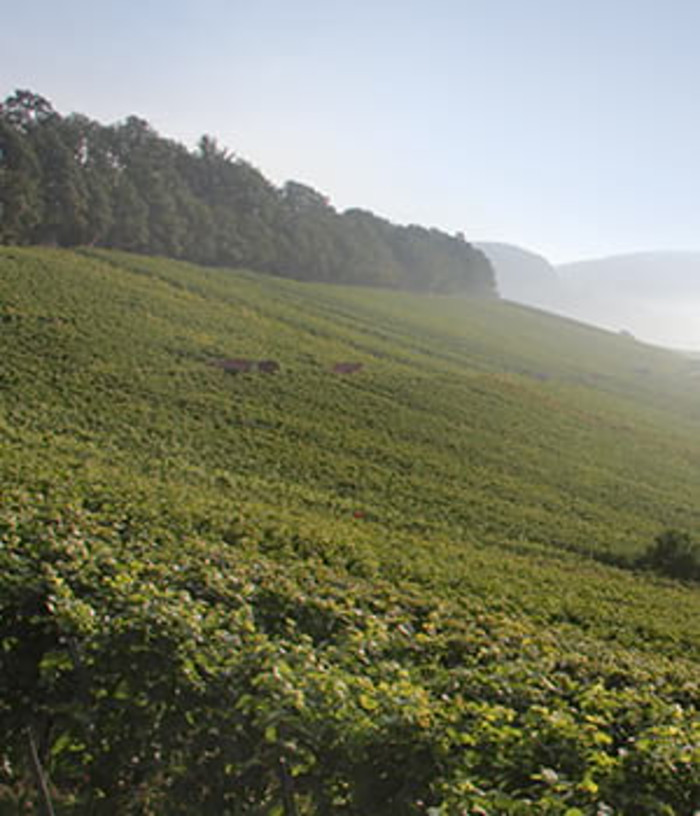
Hanweiler lies in an idyllic spot nestled between Korb and Winnenden. Protected by forest on all sides, the south-facing Hanweiler Berg enjoys a unique microclimate of hot days and very cool nights. These temperature variations together with the iron-rich soil create Lemberger wines notable for both their power and fruit.
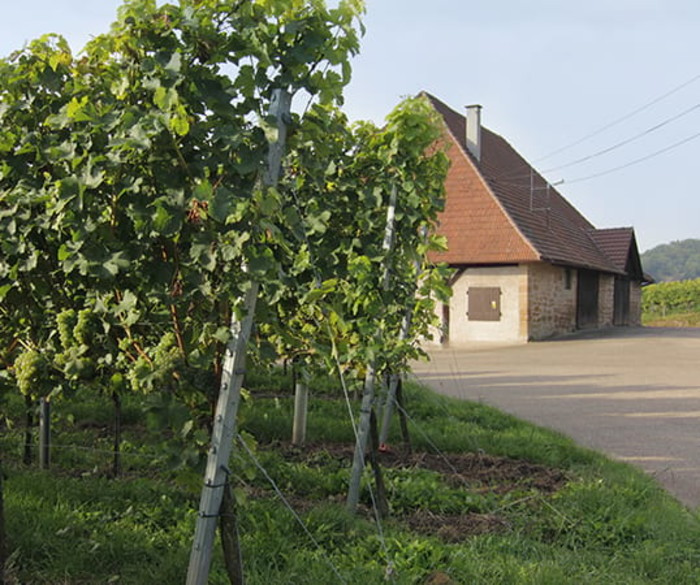
Directly adjacent to the Hanweiler Berg is the Hanweiler Maien. Cooler temperatures make this vineyard an excellent location for our Silvaner and Sauvignon Blanc.
The ruddy shaded soil alludes to the rich iron deposits embedded inside.
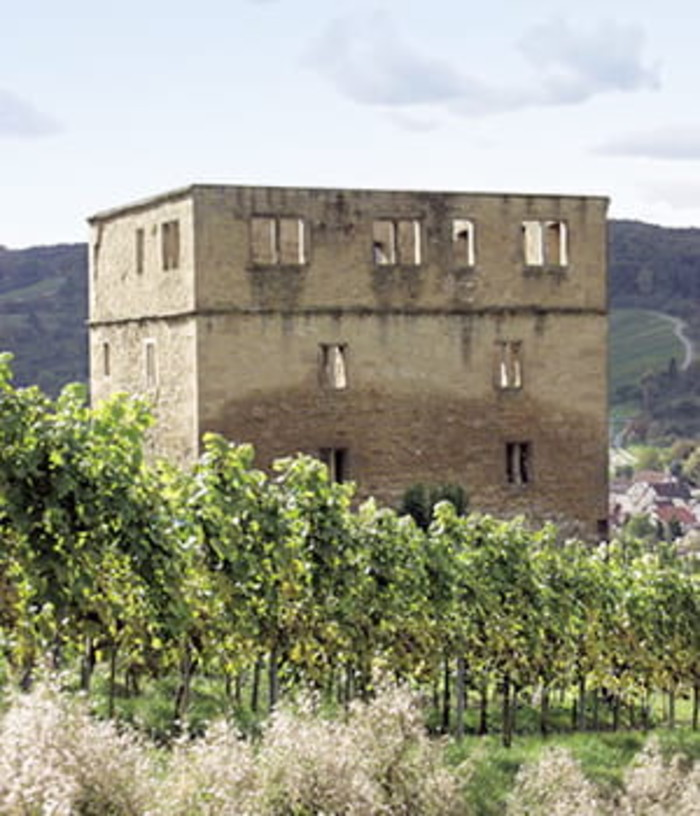
When it comes to Riesling, there is no more renowned vineyard in Württemberg than the Stettener Pulvermächer. It is situated around the Y-Burg and was first mentioned in 1650. The colored marl and Schilfsandstein ('reed sandstone') soil composition give the Rieslings a distinctive and delicate fruit.